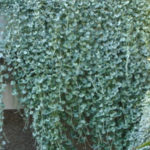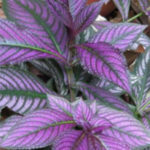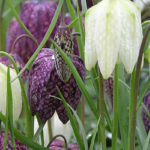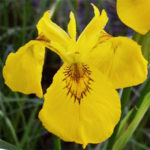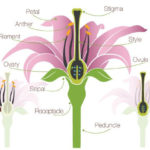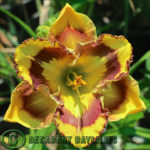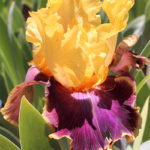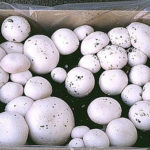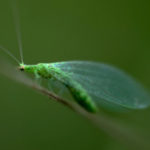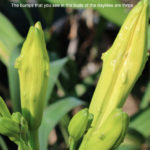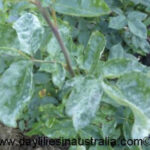
Plant Dormancy Reasons
Plant Dormancy How, When, Why Does A Plant Go Dormant?
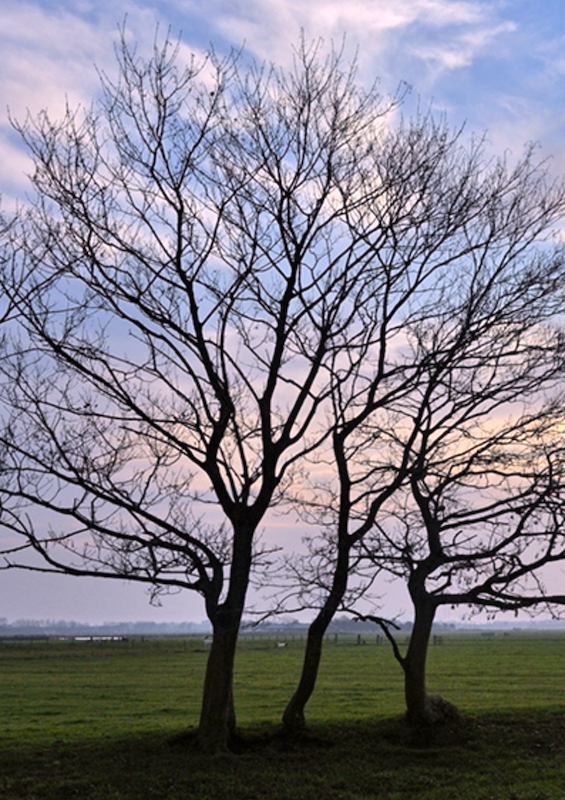 A plant is said to be in dormant condition when the plant growth gets arrested due to certain environmental factors. The metabolic activities of the plant will be at the lowest or it completely stops. It is a natural survival mechanism exhibited by plants, especially by those living in extreme conditions. When a particular climate is not suitable for growth like extreme cold or dry season the plant shows dormancy. You will know a plant is dormant when it starts to drop leaves or the vines start to dry. The leaves will lose chlorophyll and the leaves may show red, orange or yellow pigments. The plant returns to normal growth when the conditions become favourable.
A plant is said to be in dormant condition when the plant growth gets arrested due to certain environmental factors. The metabolic activities of the plant will be at the lowest or it completely stops. It is a natural survival mechanism exhibited by plants, especially by those living in extreme conditions. When a particular climate is not suitable for growth like extreme cold or dry season the plant shows dormancy. You will know a plant is dormant when it starts to drop leaves or the vines start to dry. The leaves will lose chlorophyll and the leaves may show red, orange or yellow pigments. The plant returns to normal growth when the conditions become favourable.
How The Plant Goes Dormant?
Plants have a biological clock, which will react to the season changes. Reduced temperature and shorter period of daylight are indications for the plant to go dormant. Though the foliage growth will be restricted or nil during dormancy, the root will continue to grow to help the plant to thrive to the next season.
The deciduous plants go dormant by shedding all their leaves and evergreens shows dormancy by reducing new growths. The carbohydrates prepared by the plants during the active months will be stored for use in the dormant period. The carbohydrates will start moving to the roots from leaves during the end of the growth period.
This carbohydrate helps the plant to survive during the winter months. The buds, tubers and seeds of the plant also show dormancy.
Why The Plants Go Dormant?
The plant goes dormant so that it can gear up for the next growing season. During reduced temperature the enzymes, which help in the metabolic activities of the plant will not work and as a result, the plant slows down on photosynthesis, respiration, and growth. The plant saves its energy for the next season, as it cannot synthesise food during colder months or when there is less availability of water. The plant also uses dormancy as a period to maintain them. Many plants regenerate their cell membranes during this period. Dormancy helps the plant to conserve the nutrients as well. When winter approaches the leaves loses chlorophyll and the nutrients like nitrogen, phosphates and magnesium are saved for recycling. These nutrients get stored in the bark as most of the plants lose leaves during dormancy.
When Do Plants Go Dormant?
A plant can go dormant, especially during cold weather or when there is a shortage of water or nutrients or light. If plants continue to grow in the winter season, the water present in their leaves, trunk and stems will freeze causing damage to the plant. Plants also face the problem of reduced sunlight and lower ability to photosynthesise during winter. When the ground is frozen, water is not available to the plant and it will make survival difficult if the plant has to carry out the metabolic activities. Because of this the plant starts slowing down it’s growth process, and going into dormancy period to tide over the bad situation. The plant is waiting for renewed growth during the dormant period.



